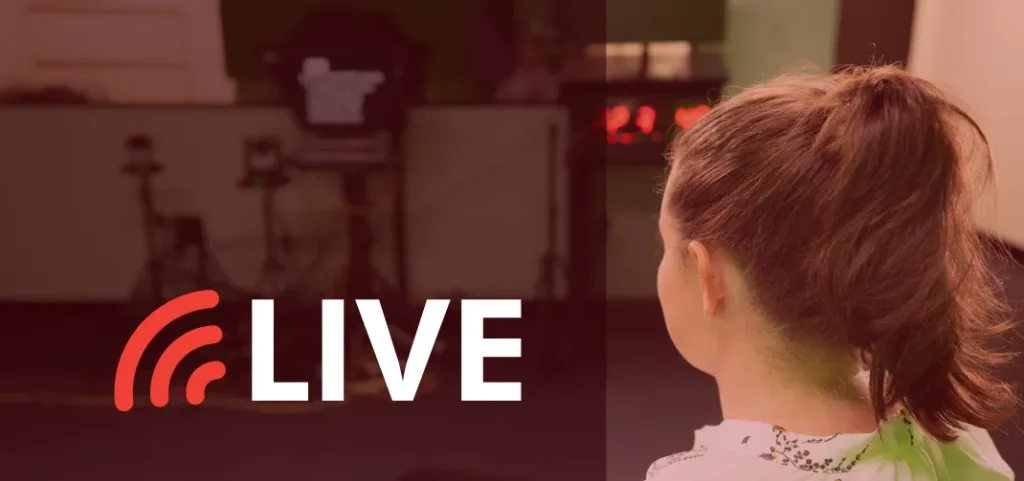
Live streaming has revolutionized the way content is delivered and consumed online. From social media influencers and gamers to businesses hosting webinars, live streaming is an essential tool for real-time engagement with audiences. However, while live streaming offers many benefits, it also comes with its share of challenges. This guide explores the advantages and disadvantages of live streaming, helping creators and businesses make informed decisions when using this technology.
Advantages of Live Streaming
- Real-Time Engagement
- One of the biggest benefits of live streaming is the ability to interact with your audience in real time. Viewers can ask questions, leave comments, and receive instant feedback, creating a highly engaging experience. Whether you’re hosting a Q&A session or a product launch, live interaction builds stronger relationships with your audience.
- Wider Reach
- Live streaming allows you to reach a global audience without the geographical limitations of in-person events. Anyone with an internet connection can tune in, which means you can expand your reach and potentially attract new followers or customers from across the world.
- Cost-Effective
- Compared to hosting physical events or producing pre-recorded videos, live streaming can be much more affordable. There are fewer production costs, and platforms like YouTube, Facebook Live, and Instagram Live are free to use, making live streaming accessible to creators of all levels.
- Content Versatility
- Live streaming content can be repurposed for other platforms. After the live event, the video can be saved, edited, and shared as highlights or shorter clips on social media or a company website. This increases the longevity of your content and maximizes its impact.
- Authenticity
- Live streams often feel more authentic and personal compared to pre-recorded content. Audiences appreciate the raw and unscripted nature of live video, which helps build trust and credibility. For many creators, live streaming is a way to show their true selves, building stronger connections with their audience.
Disadvantages of Live Streaming
- Technical Issues
- One of the main drawbacks of live streaming is the potential for technical difficulties. Problems such as poor internet connection, audio issues, or glitches can interrupt the stream and negatively affect the viewer experience. Unlike pre-recorded videos, there’s no chance to edit or fix mistakes during the stream.
- Limited Control
- Because live streaming happens in real-time, there is less control over the final output. Unscripted moments, technical errors, or unexpected interruptions can occur, which might not always reflect positively on your brand or content.
- High Pressure
- Live streaming can be stressful because it requires you to perform or present without the safety net of editing. Any mistakes or awkward moments will be seen by the audience in real time. This can create pressure for content creators, especially those who are new to live streaming.
- Audience Availability
- One of the challenges of live streaming is that your audience needs to be available at the time of the event to watch it live. If your audience is spread across different time zones or has busy schedules, they may not be able to attend your stream, limiting its immediate impact.
- Content Permanence
- Unlike pre-recorded content, live streaming doesn’t offer an immediate second chance to fix any mistakes made during the broadcast. While live streams can be saved and repurposed later, the initial broadcast is permanent, and anything that goes wrong will be witnessed in real time by the audience.
How to Minimize the Disadvantages of Live Streaming
While live streaming has its challenges, there are ways to minimize potential issues:
- Test Your Equipment – Before going live, test your camera, microphone, and internet connection to ensure everything is working correctly.
- Prepare a Backup Plan – In case of technical issues, have a backup plan in place, such as pre-recorded content that you can switch to or a moderator who can engage with viewers while you troubleshoot.
- Schedule Wisely – Choose a time that works best for your audience. Analyze your follower data to identify when they are most active.
- Stay Calm Under Pressure – Mistakes happen. If something goes wrong, address the issue calmly and continue with your broadcast.
- Repurpose Your Content – If viewers can’t attend live, save the recording and share it afterward to reach a wider audience.
Conclusion
Live streaming is an excellent tool for engaging with your audience in real-time, expanding your reach, and building trust through authentic interactions. However, it’s essential to be aware of the potential downsides, including technical challenges and the pressure of live performance. By planning ahead and staying flexible, you can maximize the advantages of live streaming and create content that resonates with your audience.(PKLive)


